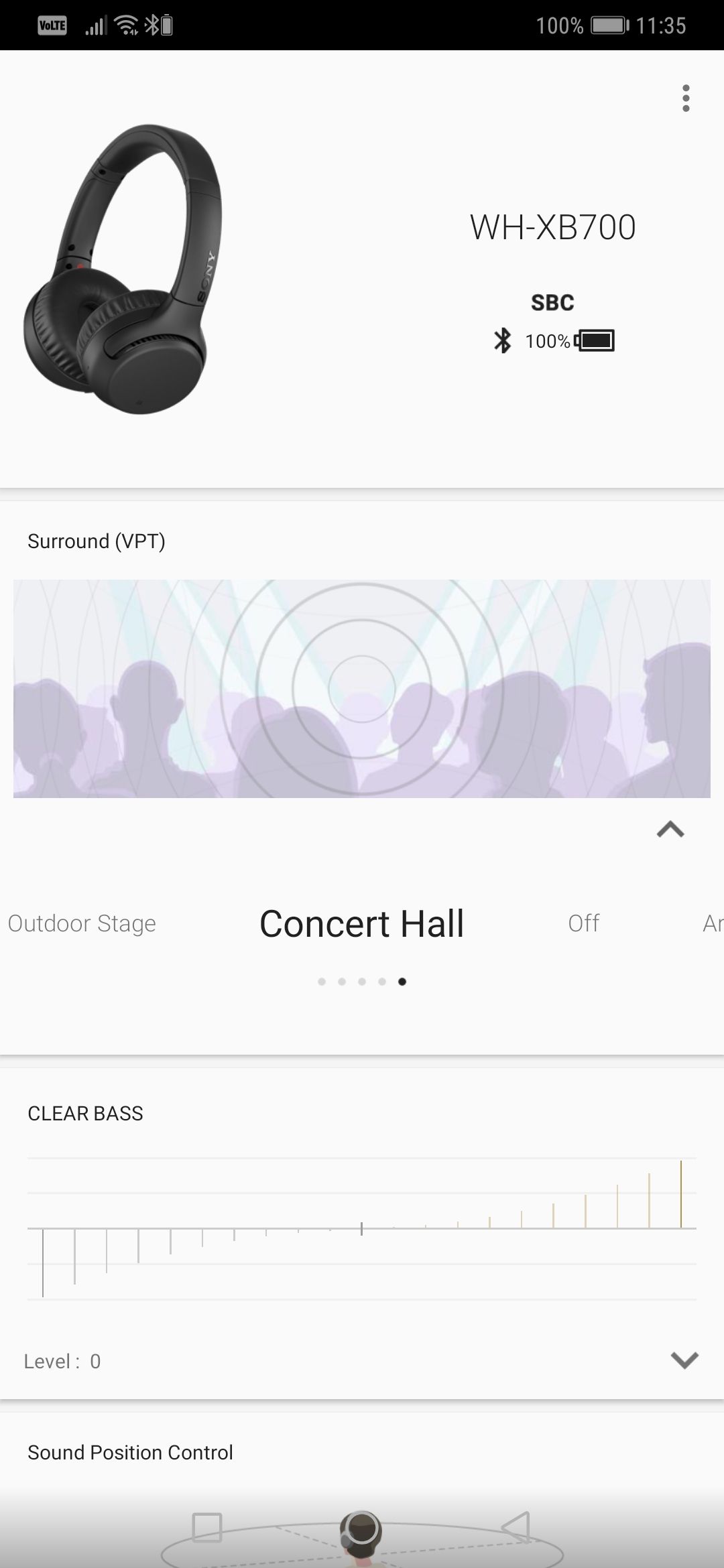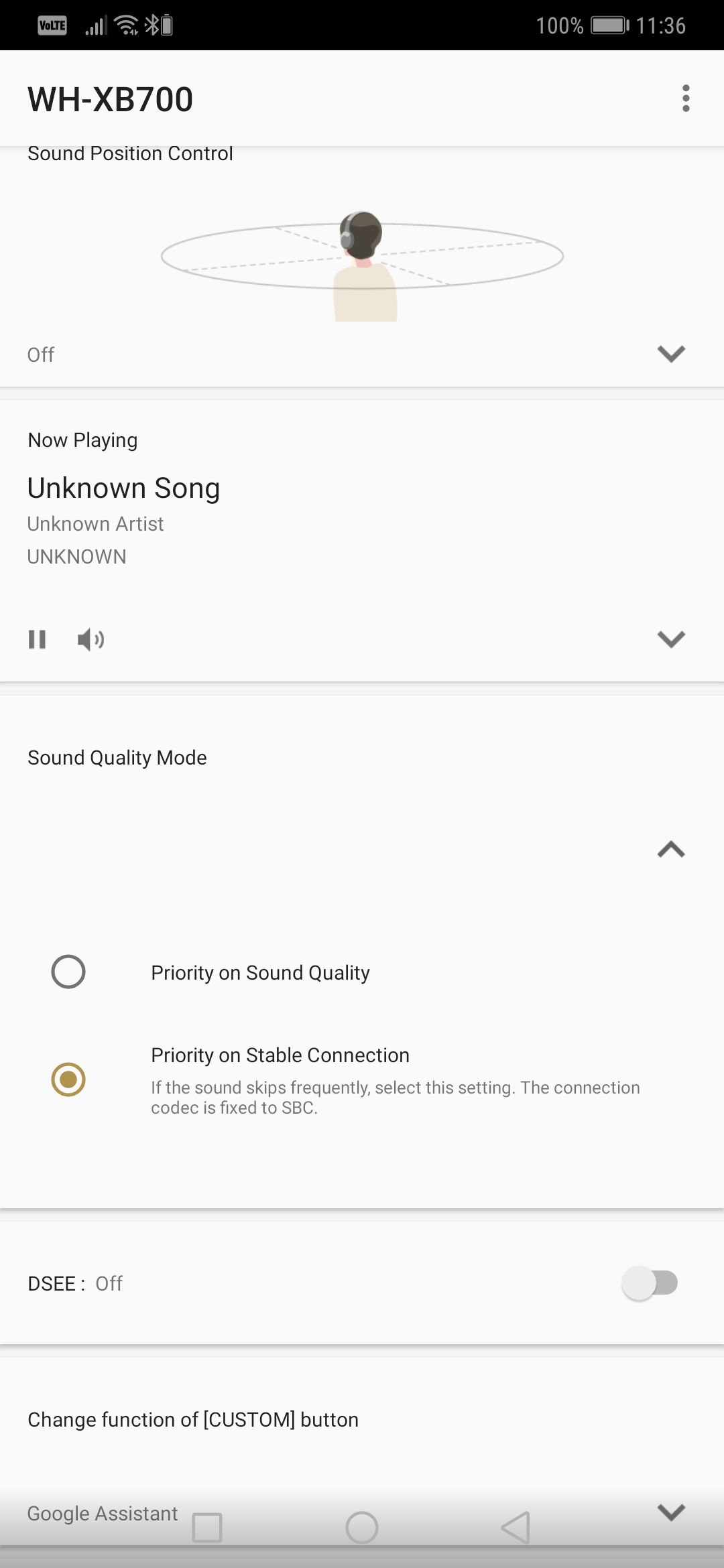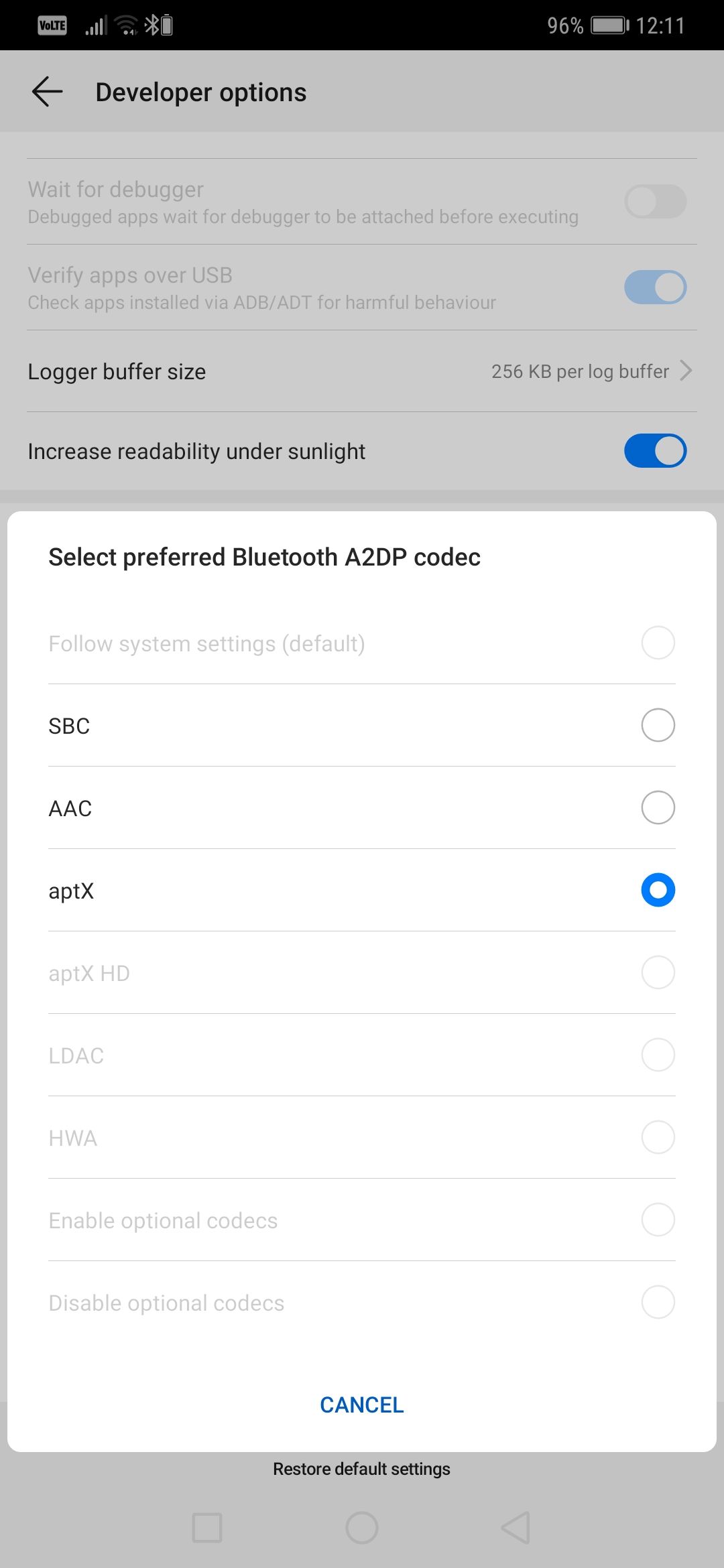The new Sony WH-XB700 Wireless headphone launched here in May 2019 is the latest entrant to the company’s ever-growing lineup of personal audio products. Part of Sony’s WH series of Wireless Headphones, the WH-XB700 finds itself in an illustrious company that includes the likes of the Sony WH-1000XM3 (review) and its predecessor the Sony MDR-1000X (review). The WH-XB700, however, is positioned several notches below these high-end devices and can be best described as a successor to last year’s MDR-XB650BT. With its sub-10k price tag, the Sony WH-XB700 is positioned as an entry-level wireless headphones for music connoisseurs on a budget.
I have been using the Sony WH-XB700 for over three weeks before I decided it was time to write this review.
Sony WH-XB700 Review: Key Features
As evident from the name, the XB in the XB700 denotes that the XB700 is a part of Sony’s ‘Extra Bass’ lineup. Sony products with the XB moniker are all designed to enhance the lower frequencies while also maintaining tonal balance and overall quality. The headphone uses either Bluetooth or NFC to connect to your phone and has an effective range of around 30 feet. It supports A2DP, AVRCP, HFP, and HSP audio profiles and comes with support for the SBC, AAC, and aptX codecs. These headphones also support Sony’s DSEE upsampling feature that claims to enhance the quality of compressed audio.
As you might have noticed, there is no support for Sony’s own LDAC codec or noise cancellation. Sony, as of this writing, only offers active noise cancellation (ANC) on wireless headphones priced above 10k. While it would have been great to have ANC, unless you are a spec hound, the lack of this feature should not put you off from getting these cups. The Sony WH-XB700 supports both Google Assistant and Amazon Alexa and setting up either of these functionalities are very easy.
Sony WH-XB700: Design, Build Quality and Ergonomics 
Being on the (relatively) affordable end of the wireless headphones spectrum, the WH-XB700 is fairly unassuming to look at. The product is offered in Black and Blue color options (both matte finish), and the Blue variant is the one to go for if you want something remotely flashy. The body, even though made of plastic, is of high quality and seems built to last. At 195g, the XB700 is only slightly heavier than your average smartphone.
The earcups, being the on-ear type, is relatively small in size and has soft padding to ease the pressure on your ears. The padding is also offered on the adjustable headband. If you have a relatively large head, there is a good chance that you will see the metal frame of the expandable headband. The cups also have a generous swivel angle so that you can tuck them away in your travel bag without it taking too much space. Unlike its more expensive cousins, Sony does not offer a carrying case with the headphone.
The left ear cup is where the majority of the physical controls, ports, and buttons on the WH-XB700 are located. Here, you will see the power button, the ‘Custom’ button (for Alexa and Google Assistant), the USB Type-C port, and the 3.5mm audio jack for wired operation. There is also a small LED indicator that lights up in either blue or red colors to denote charging and connectivity functions. On the right ear-cup, you get the volume control and between them, a small play/call button. To distinguish between the left and right ear cup in a dark environment, the WH-XB700 has a small tactile dot on the side of the left ear-cup.
The WH-XB700 is an on-ear type (supra-aural) of headphone, which means that the ear cups rest on your ears rather than around them (circumaural). While this design trait makes them relatively compact, the flip side to this is that the constant pressing of the cups against the ear could lead to discomfort. In my case, it was difficult for me to use the product for more than 45 minutes before I felt the pain and had to take them off.
Sony WH-XB700: Ease of Use, Quirks
Gone are the days when setting up a wireless product needed the skills of an astrophysicist or the friendly neighborhood geek. The WH-XB700 can be easily set up using a tap if you have an NFC capable device. Even the Bluetooth setup process is quick and self-explanatory. It is advisable that users install Sony’s Headphone Connect app to make the most of the features that the XB700 has on offer. Once set up, the connection is near-instantaneous and stable.
As seen in the screenshots below, within the headphones connect app, users get two sound quality modes to choose from; the first mode (priority on Sound Quality) forces the WH-XB700 to use the aptX codec for high-quality streaming. If you select the ‘priority on stable connection’ mode, the headphones switch to the lower quality SBC codec. That said, I have never faced an issue with connection stability in the aptX mode, and I will advise users always to use the headphones in this mode.
There is a catch, though.
Remember the Sony Headphones Connect app I talked about earlier? Well, it turns out that this app lets you customize the audio output from the headphones with a comprehensive surround sound preset modes and a highly manually adjustable ‘clear bass’ knob/equalizer. In the high sound quality mode, however, all of these customization options remain unavailable. Simply put, you will need to stream at a lower quality to make use of the equalizer functionality. In fact, the only option you have in the HQ mode is DSEE. However, unless you are playing a highly compressed file, there is no tangible difference in the audio quality with DSEE switched on. The only workaround to customize the audio output in the HQ mode is to use the equalizer within your music player app.




The WH-XB700 is compatible with both Google Assistant and Alexa. While I did not use either of these features extensively, setting up Google Assistant was a very easy and automatic process if you already have the thing set up on another device. In my case, the phone was able to automatically detect the headphones as a Google Assistant compatible accessory the moment I establish the connection. You can invoke either of these assistants by pressing the ‘Custom’ button.
Sony WH-XB700: Audio Quality, Performance, Battery Life
With my playlist consisting mostly of mellow tracks with emphasis on the mids, I was a bit cautious as to how these ‘Extra Bass’ headphones would handle them. To my surprise, the headphones did not enhance the near non-existent lower frequencies on these tracks to extreme levels making them sound boomy. Older wired XB series headphones were known for going nuts with the bass, and folks like yours truly had to look the other way. The XB700 is more discerning in the way it delivers the bass and sound ‘balanced’ if that’s the right word for it. However, it will be evident right from the start that the XB-700 feels at home when you feed it with tracks that have an emphasis on lower frequencies. The 30mm driver is capable of delivering some tight bass, but the small size of these drivers is a restricting factor when it comes to extremely low frequencies. Again, only the discerning audiophile would be the one who will be really concerned about this.
Even on bass-heavy tracks, the WH-XB700 performed exceptionally well and lived up to its reputation as one of the best wireless headphones for consuming bass heavy content. Those of you with older XB equipment used to having dollops of bass at your disposal, however, may find the XB700 too mellow for their liking. But it’s just a matter of getting used to. Those of you who find the bass inadequate can use the ‘Clear Bass’ dial to spice things up a bit, but make sure not to go full monty with the levels. The dial, fortunately, can also be used to tone down the bass level if you feel the headphones sound too boomy. Remember, however, that to use this, you will need to switch to the lower quality SBC mode. As the case is with all my headphone reviews, I used my favorite track ‘Hunter’ by Bjorg to evaluate the soundstage. The WH-XB700 was near perfect in this department and got the ebbing drum beats on the track almost right. I would have liked the default sound stage to be slightly wider.
The Sony WH-XB700 claims an incredible 30 hours of playback on a full charge and these headphones actually delivers the claimed battery life. I had a hard time trying to discharge the battery. And even if you do manage to discharge these somehow, a 10-minute charge is good enough for up to 90 minutes of playback. The WH-XB700 uses a USB Type-C port to connect the charging cable. One gripe I had with the charging cable was its length (or rather, the lack of it). You do get a 1.2m wire with the 3.5 mm jack which, in my opinion, is long enough.
WH-XB700 Review: Should You Buy It?
If you are on the lookout for a relatively inexpensive pair of wireless headphones with excellent features, that will also give you oodles of bass and decent audio quality; the WH-XB700 does make for a good choice. I would, however, suggest you spend some time with these at a Croma or a Sony Center near you so you would know if the on-ear design makes it uncomfortable for you to use these for extended periods. This is perhaps the only major disadvantage I have with these headphones. I would love if Sony has another product in the same price category with circumaural cups. Even the older HD650BT gets on-ear cups, and you need to go up the price ladder and get the WH-CH700N (without the extra bass, though) if you are concerned about the on-ear design.
The post Sony WH-XB700 Wireless Headphones Review: The Battery Life Champ appeared first on MySmartPrice.
from MySmartPrice http://bit.ly/2W3bT9q
No comments:
Post a Comment